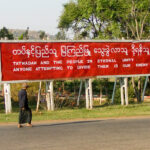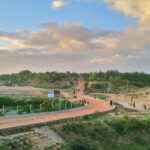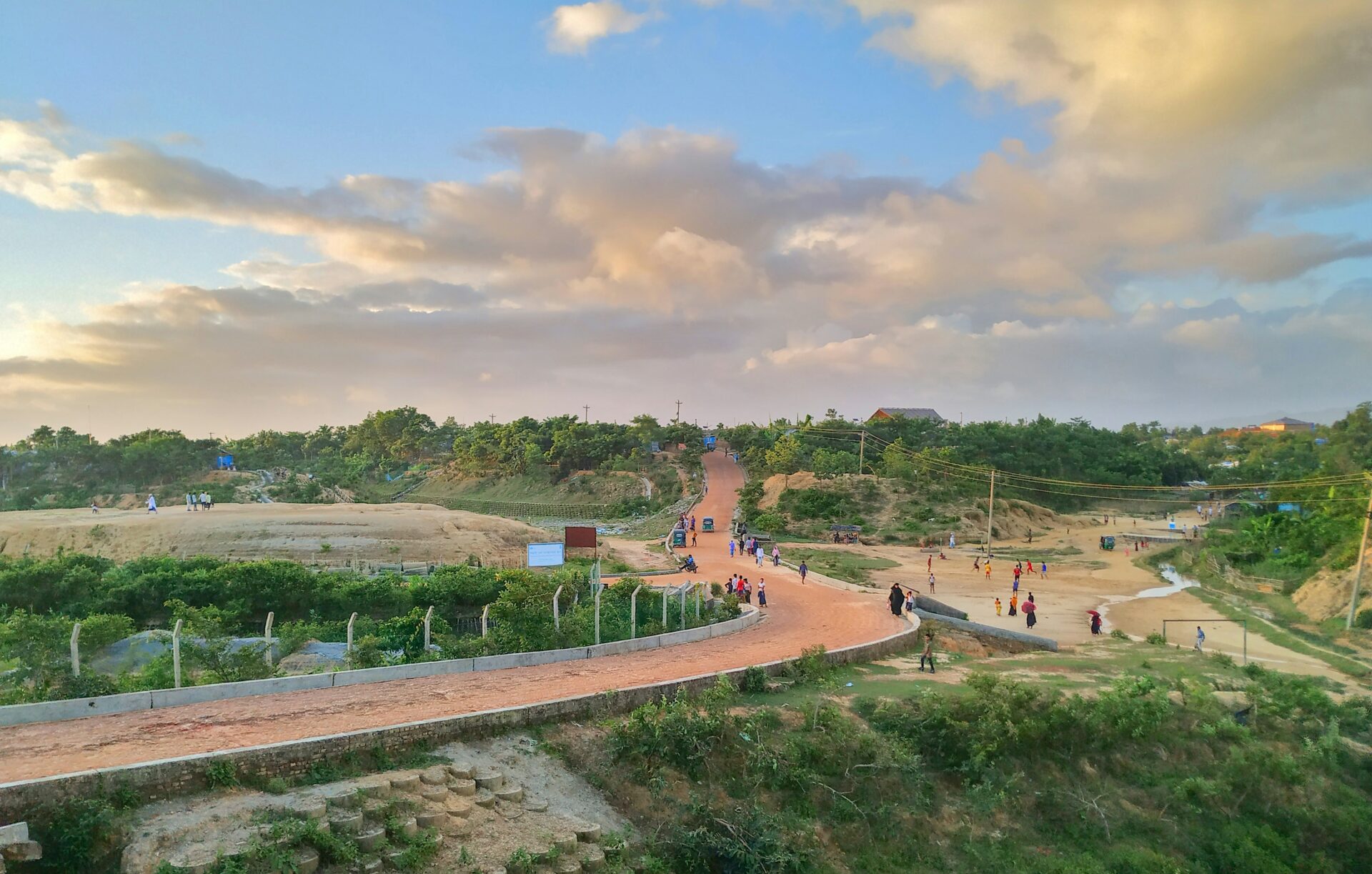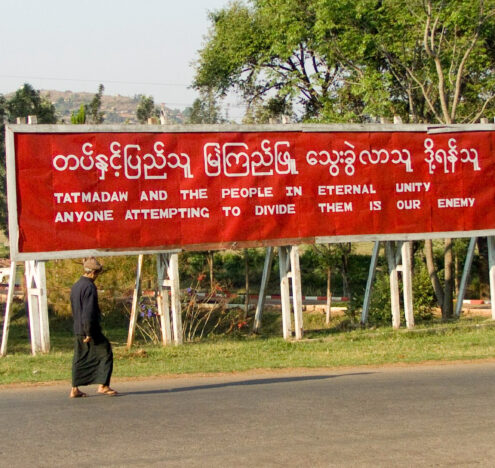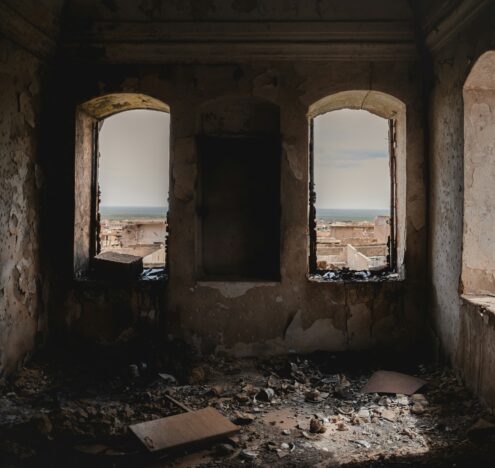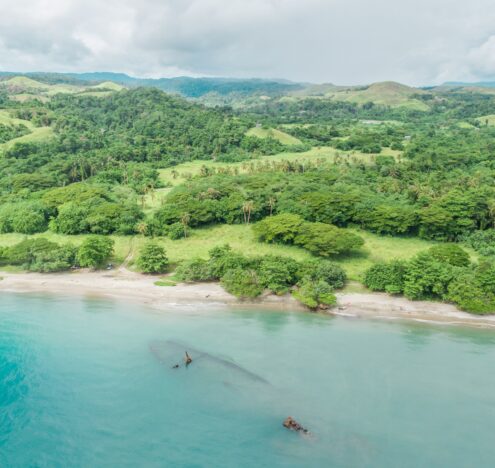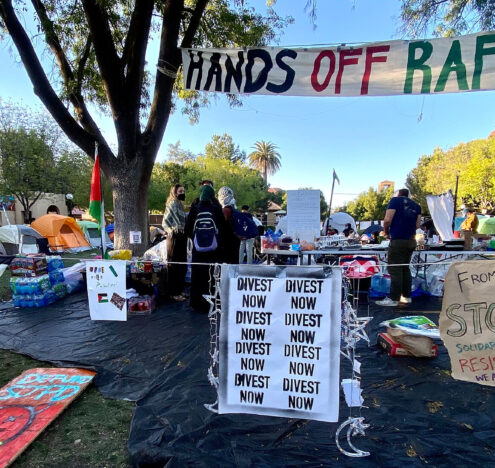An uptick in the conflict between Myanmar’s military and an ethnic armed organization in western Rakhine State is raising new concerns about the fate of the Rohingya population. In 2016 and 2017, over 800,000 Rohingya, a mostly Muslim community, fled to Bangladesh to escape genocide committed against them by members of Myanmar’s military in Rakhine State. Now, emboldened by the military’s increasing vulnerability in the face of an armed resistance, the Arakan Army (AA) has vowed to push aggressively to expand its territorial and administrative control across the state. But its leaders have been unclear about their plans to address the Rohingya issue.
Worsening Humanitarian Crisis in Rakhine State
Rohingya and other communities in the northern part of Rakhine State endure a deteriorating humanitarian crisis alongside rising levels of insecurity, forced conscription and other pressures that weigh on already fraught relations with Rakhine communities.
Hunger is rising across the northern Rakhine townships of Maungdaw and Buthitaung as a result of a blockade of land routes and waterways by the military junta — the State Administrative Council (SAC). Almost no aid has arrived since November last year. Rakhine and other communities across the state are also cut off from aid, but Rohingya say they are especially vulnerable and experiencing unprecedented levels of food insecurity. In interviews they accuse the SAC of manufacturing starvation as a tool to weaken civilian resistance. The lack of access to food during the holy month of Ramadan, when Muslims eat traditional foods as a matter of religious significance, was particularly painful. This year, families could scarcely prepare a meal to break the fast each day.
Rohingya village leaders across Maungdaw and Buthitaung say their communities are desperate for aid. They feel abandoned by aid workers who have not stayed in touch with them during the blockade. While many villagers can still receive cash transfers through informal networks and buy food in markets, village leaders urge humanitarian and political actors to fight harder for workarounds like sending money and opening a waterway corridor for the transfer of aid across the Naf River from Bangladesh.
Meanwhile, prices have skyrocketed, farmers are unable to access their agricultural lands and travel is risky. In many places, those who venture out of their homes to buy food in nearby markets must navigate heavily militarized and mined areas. Local traders have been able to transport some food from Bangladesh across the Naf, but moving it from the riverbank to inland communities presents further risks.
Health care and other services are also unavailable. Medical facilities were already inadequate in northern Rakhine, and several hospitals have been shut down in recent months — reportedly a way for the SAC to prevent wounded AA fighters from seeking treatment. Rohingya patients who could afford a trip across the Naf used to seek medical care in Bangladesh, but the border has been officially closed for several years. Crossing the border is now impossible even though people need medical care more than ever as civilian casualties mount from bullet wounds, land mines and airstrikes. Hundreds of Rohingya villagers have been seriously injured in the recent months of fighting but have not been treated. Rohingya say that Rakhine people are somewhat less trapped, as they have passports and do not face the long-standing movement restrictions imposed on Rohingya who are denied citizenship.
Insecurity in Refugee Camps in Bangladesh
Rohingya refugees face other insecurities in the camps in the town of Cox’s Bazar in Bangladesh where the Arakan Rohingya Salvation Army (ARSA) and Rohingya Solidarity Organization (RSO) wage a bitter turf war. ARSA is known for its role in attacks on police posts across northern Rakhine State that precipitated the Myanmar military’s genocide in 2017 and the mass exodus of Rohingya to Bangladesh. It was the dominant group in the camps from then until 2022, but Bangladesh has become less tolerant of its actions. A resurgent RSO, which was formed in 1982 but had been militarily dormant since the 2000s, has now overtaken ARSA as the most influential group in the camps.
ARSA and RSO members pose daily threats to refugees, including extortion, abduction and insecurity arising from rampant drug and human trafficking. But neither group can be written off solely as a criminal entity. Their involvement in Rakhine State’s complex conflict landscape is sometimes murky, but RSO leaders have publicly espoused support for the AA, while ARSA fighters have been seen fighting alongside SAC forces. Some recruits from both groups still travel to base camps for tactical training, and leaders espouse insurgent ideologies. But recruits typically do not transmit these views to camp-level foot soldiers, most of whom are untrained and undisciplined due to the groups’ fragmented command structure. Because of these gaps, RSO and ARSA are mainly seen as criminal gangs by refugees, who hold them responsible for creating an environment of insecurity and fear.
In theory, many Rohingya believe they could benefit from having a strong ethnic armed organization (EAO) to defend their interests — similar to those found in other parts of Myanmar. But they say that a lack of political leadership hinders their ability to build bridges, and they have not found an entry point to join the anti-junta resistance movement. This leaves them unable to prove their solidarity with the resistance. “We must have the chance to fight [the junta] now. Otherwise, Burmese people will not accept us in the future, because we did not help,” explained a teacher, who, like all others interviewed for this article, spoke on the condition of anonymity.
Despite RSO’s vocal support of the resistance, it has not yet entered the Rakhine State conflict arena in a significant way, and refugees doubt it will start behaving as a legitimate EAO. Rather than taking up arms against the junta forces, RSO is best known to refugees for its foot soldiers’ criminal activities in refugee camps. Many are former ARSA members who surrendered or defected during the turf war, but do not exhibit improved conduct after changing sides. RSO has built up its weaponry and trained hundreds of troops in recent months and is perhaps planning to enter the battlefield, which might earn it some trust from refugees, but only if discipline improves at the camp level. This seems unlikely.
Forced Conscription of Rohingya
In February this year, the junta reenacted a dormant mandatory conscription law to boost troop numbers as its ranks spread increasingly thin amid fighting across Myanmar. Though Rohingya are still denied citizenship rights, Rohingya male youth have been heavily targeted for conscription. They are sent to the frontlines after only a few days of training, essentially used as human shields. It is possible that some ARSA members seen fighting for the SAC were forced, but refugees have observed a sizable number of members traveling from the camps in Bangladesh to Myanmar in recent weeks, indicating a higher level of coordination. In some cases, ARSA foot soldiers are recruited by ARSA commanders who coordinate recruitment efforts directly with the SAC. ARSA is also reportedly involved in recruitment of civilian Rohingya on behalf of the SAC. There are also recent reports of the SAC recruiting former ARSA fighters given their military experience. This supports a theory held by many Rohingya for years that ARSA was coopted or even created by the Myanmar military. The AA has warned Rohingya not to join the junta forces and has instructed them to report information about SAC and ARSA movements, but the AA has not recruited them as fighters.
A 22-year-old man who was taken away from his village by SAC officers at gunpoint made a daring escape after learning that his cohort would be taken to a military post surrounded by AA fighters. “A hundred well-trained SAC troops had already failed to eliminate them,” the man recounted. “We asked the commanding officer, ‘Why you are sending only 50 of us, who don’t have any knowledge about war, to do what your well-trained troops could not?’ I realized that the SAC wanted us to be killed.” After walking for two days, he crossed the border in a remote area and managed to reach Cox’s Bazar.
But Bangladesh has declared that its border with Myanmar will stay closed despite the mounting crises. According to the man who escaped, people in his village are living in fear and would already have fled to the border if they had any hope of crossing. “We know that the border is closed, therefore Rohingya families have dug holes in the floors of our homes to hide in during fighting and raids. This has become our only option for saving our lives,” he said.
A trickle of escaped conscripts and others have managed to reach Cox’s Bazar and have been taken in by relatives in the camp, but Bangladesh may crack down on such movement. In early April, a newly arrived family was reportedly deported back to Myanmar shortly after arriving at the camp.
Impacts on Intercommunal Relations
The current situation has immediate and long-term implications for relations between Rohingya and Rakhine communities. The use of Rohingya as human shields by both the SAC and AA, and inflammatory rhetoric from their leaders have undermined trust. In March, AA commander-in-chief Twan Mrat Naing posted provocative comments on social media defending the use of the term “Bengali” for Rohingya, who see it as a deeply offensive slur used to justify their outsider status. Twan Mrat Naing’s language has usually been more cautious, and his use of the term disappointed and angered Rohingya looking for signs of goodwill. A Rohingya man in Maungdaw said latent animosities were awakening as Rakhine communities reacted to ARSA’s apparent coordination with the SAC: “I feel a kind of hatred from Rakhine people similar to the years after the 2012 conflict,” when intercommunal violence swept the state, he said.
It is difficult to predict how Rohingya issues would be approached if the AA consolidates military and administrative control of Rakhine State, which now seems likely. An AA victory could precipitate the junta’s collapse more broadly, paving the way for a return to civilian rule, potentially led by the National Unity Government (NUG), which is primarily comprised of deposed elected officials.
The NUG’s position toward the Rohingya is also questionable. It has made positive gestures, including progressive policy statements and appointing Aung Kyaw Moe, a Rohingya, to its human rights ministry, but uncertainty and skepticism remain. One refugee assumed that such efforts were disingenuous and only taken to assuage international pressure. “They need us because our crisis is the most famous,” the refugee said.
Despite all these pressures, Rohingya widely agree that they must peacefully coexist with Rakhine and other ethnic communities. There is greater public awareness about the divide-and-rule tactics used by the junta for decades; this has helped mitigate the spillover of tensions. Still, the SAC continues trying to sow discord even as its power dissipates. The escaped conscript described an officer’s explicit efforts to manipulate the trainees on religious grounds: “He tried to brainwash us with jihadi concepts. He said, ‘Your people must wage jihad like your God instructed your great prophet. According to your religion, your deaths wouldn’t be wasted.’”
Even if the AA prevails, the SAC will likely continue its attempt to incite intercommunal strife to maintain instability in the region. According to a young refugee man, “The master plan of the SAC is to destroy both Rohingya and Rakhine communities and keep Arakan as a war zone forever.”
A Future Opportunity
A United League of Arakan (ULA) government — the AA is the armed wing of the ULA — would need massive external support to rebuild Rakhine State, perhaps increasing the international community’s leverage on the Rohingya issue. The region is likely to remain isolated from the rest of Myanmar and to become increasingly reliant on maritime trade to the west. Bangladesh would also find itself in a unique position as the ULA’s only land neighbor, forcing it to develop a new diplomatic approach to addressing the Rohingya issue as well. Political, humanitarian and development actors must keep the multiple dimensions of the crisis in mind as the AA solidifies its hold.
This article was originally published by the United States Institute of Peace.


